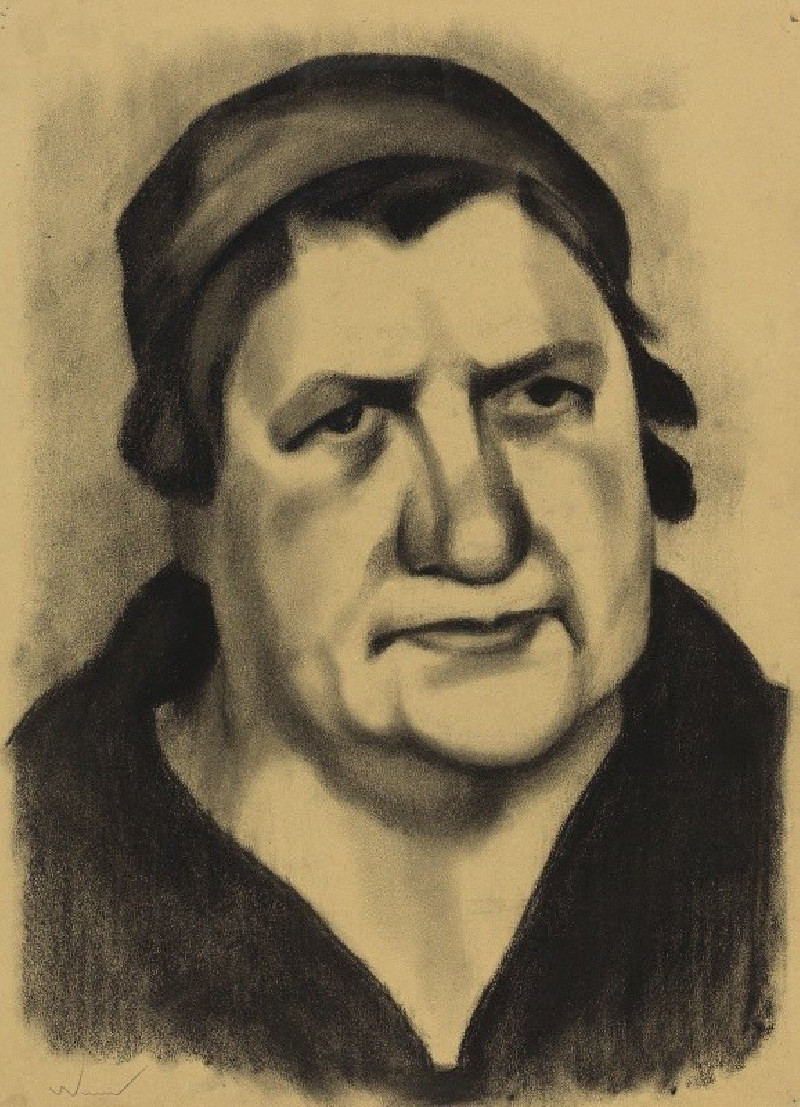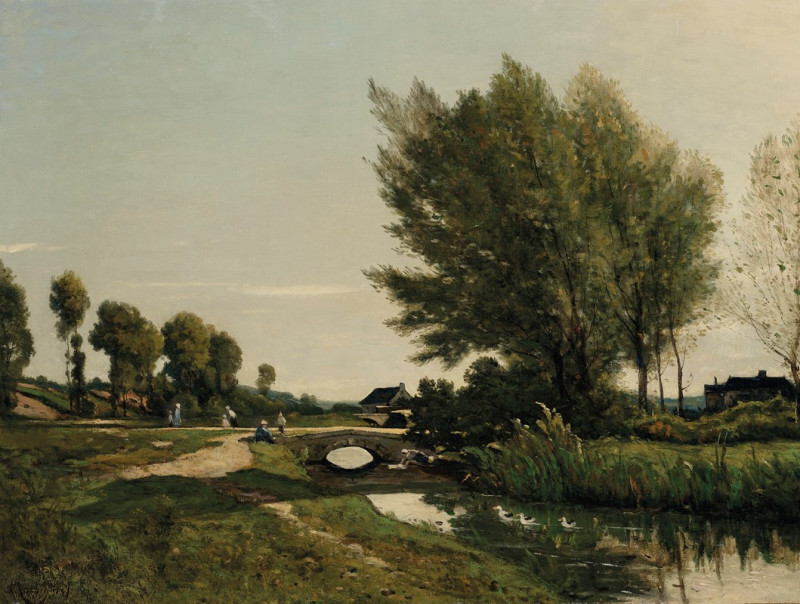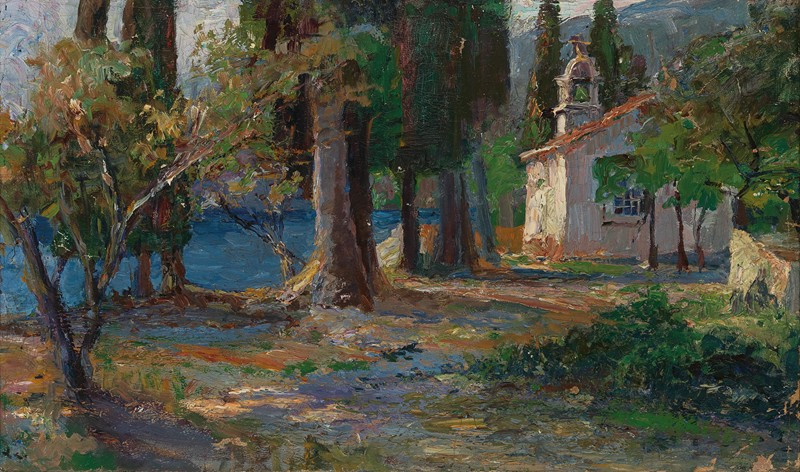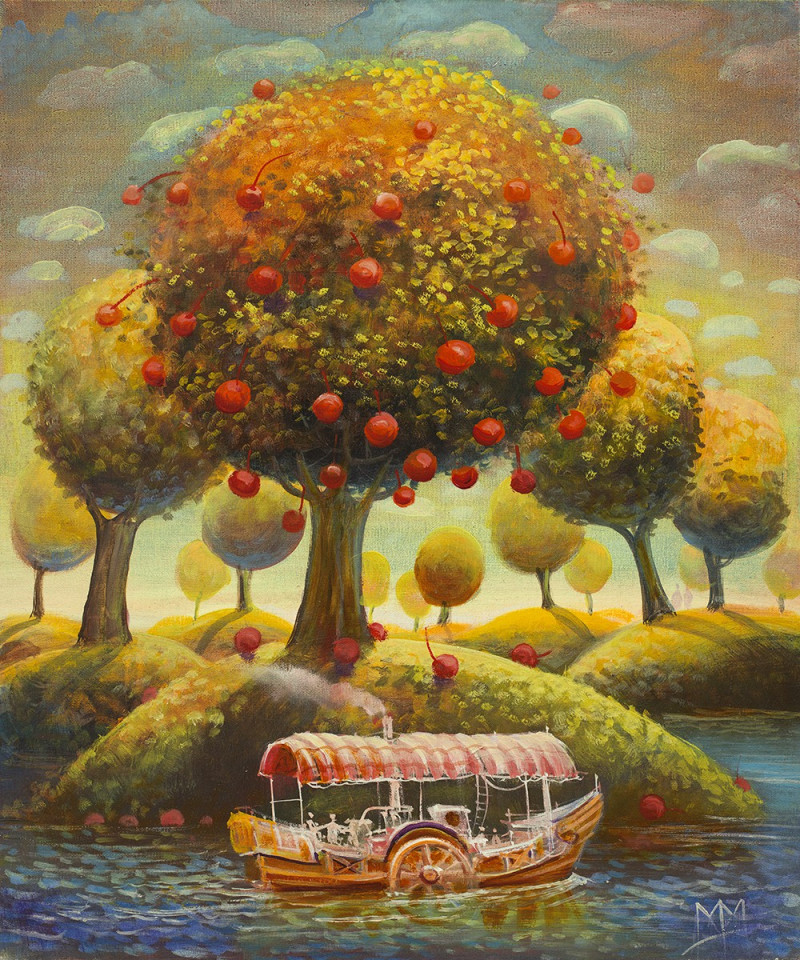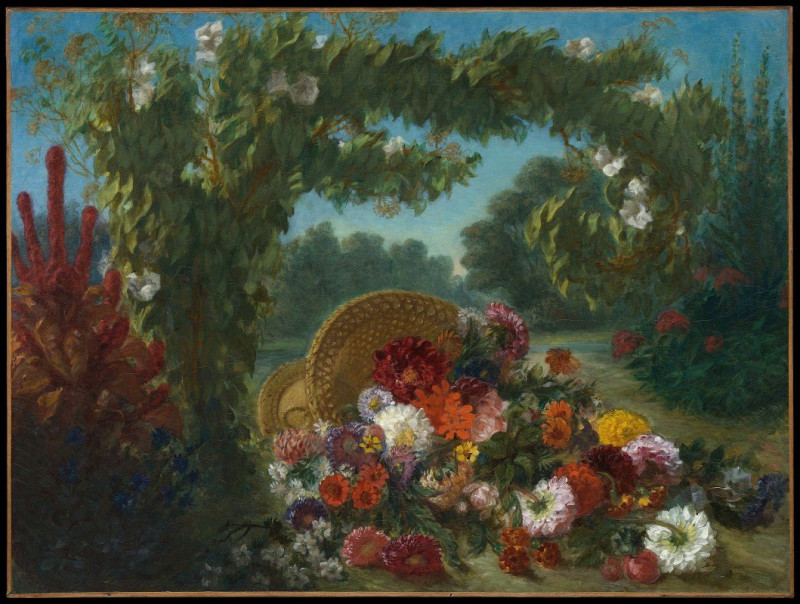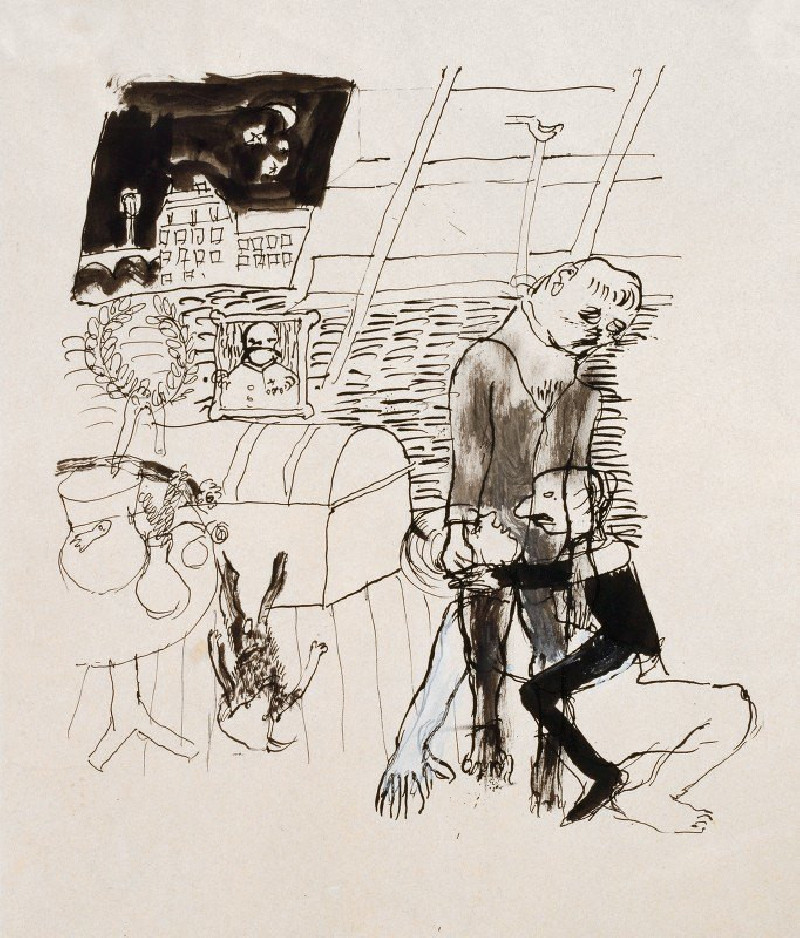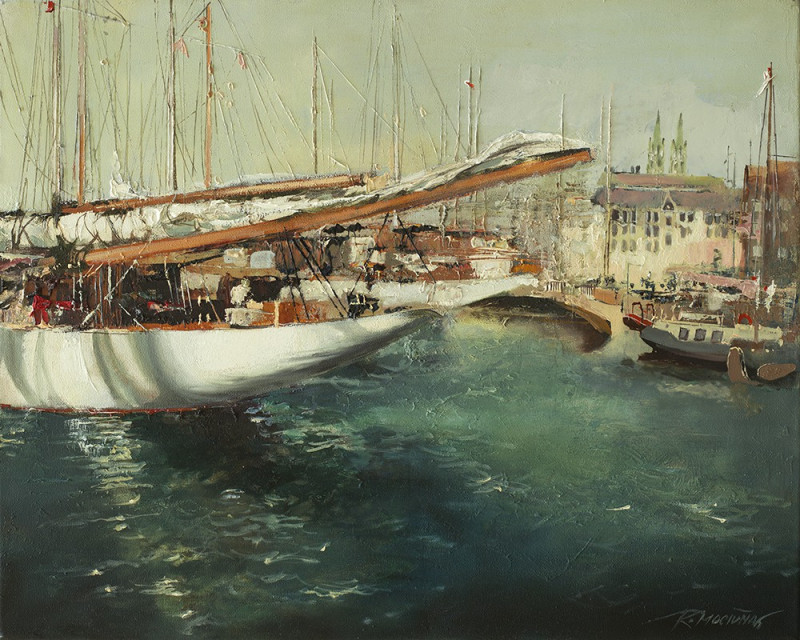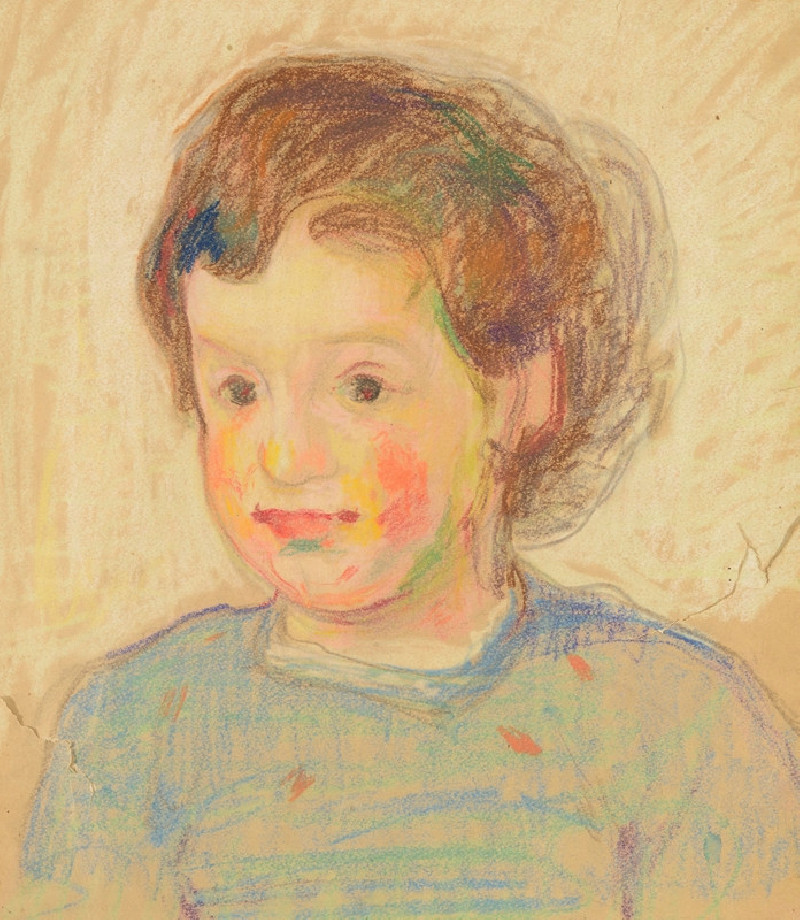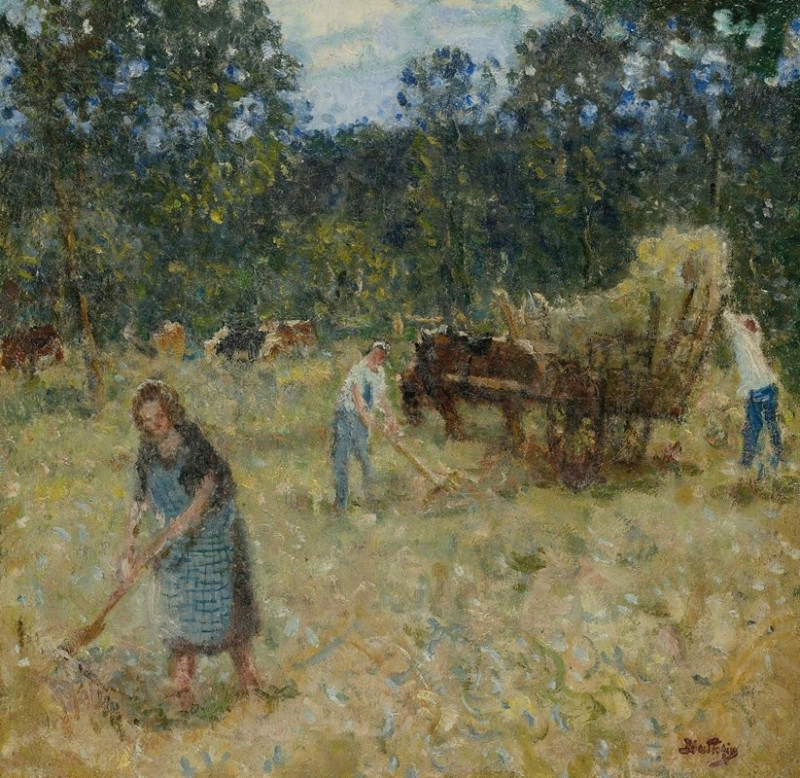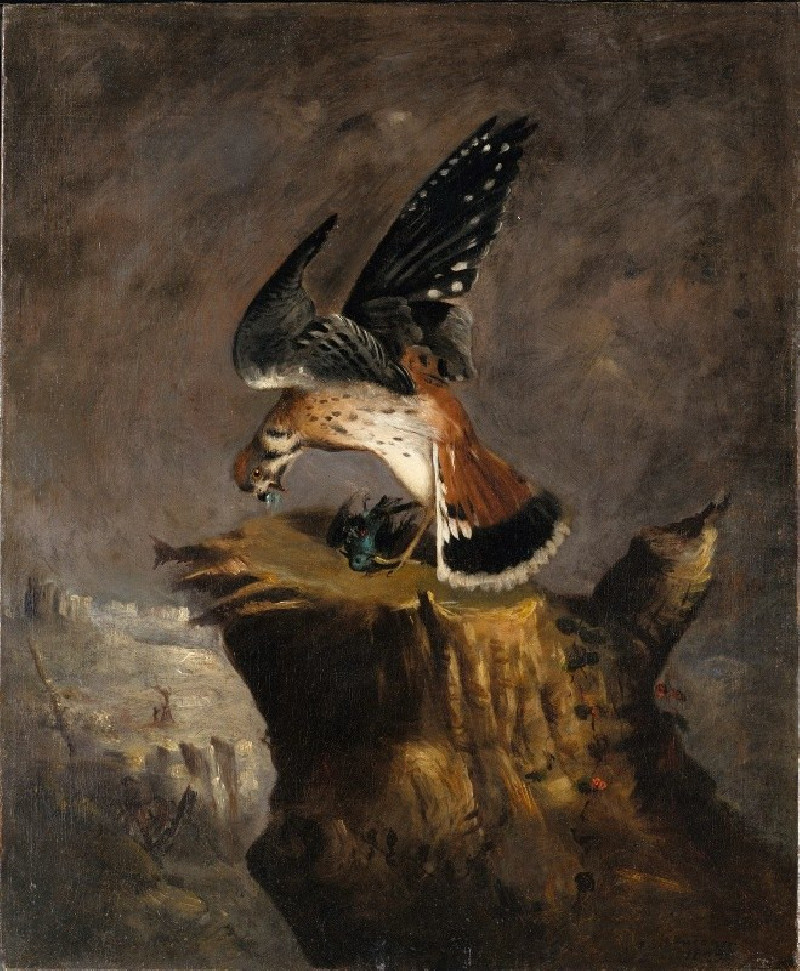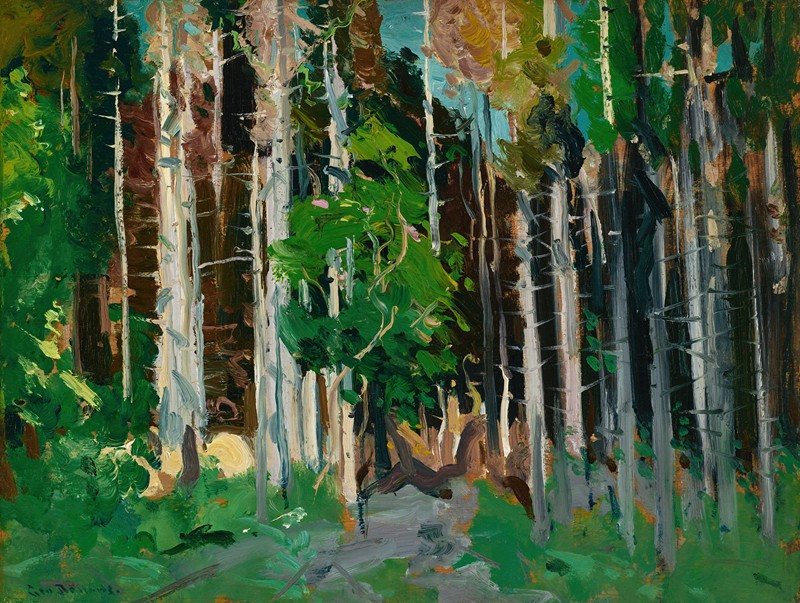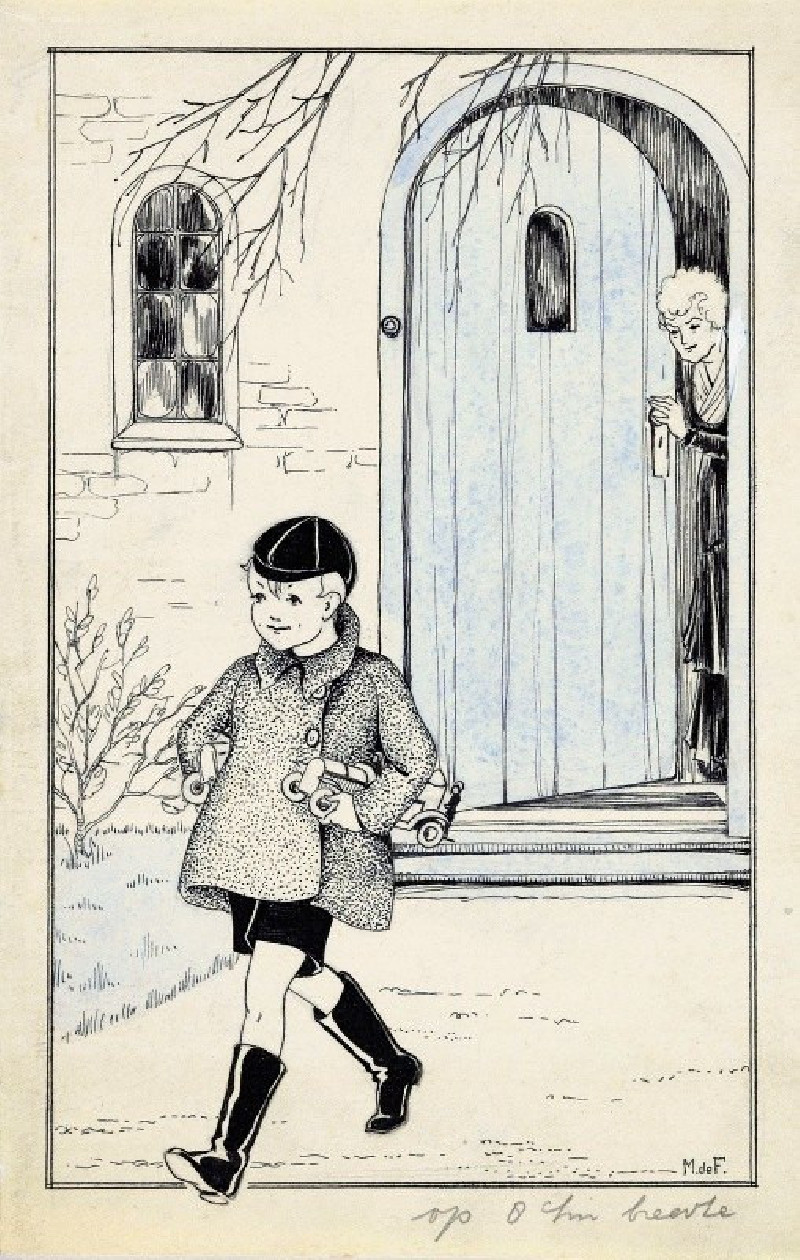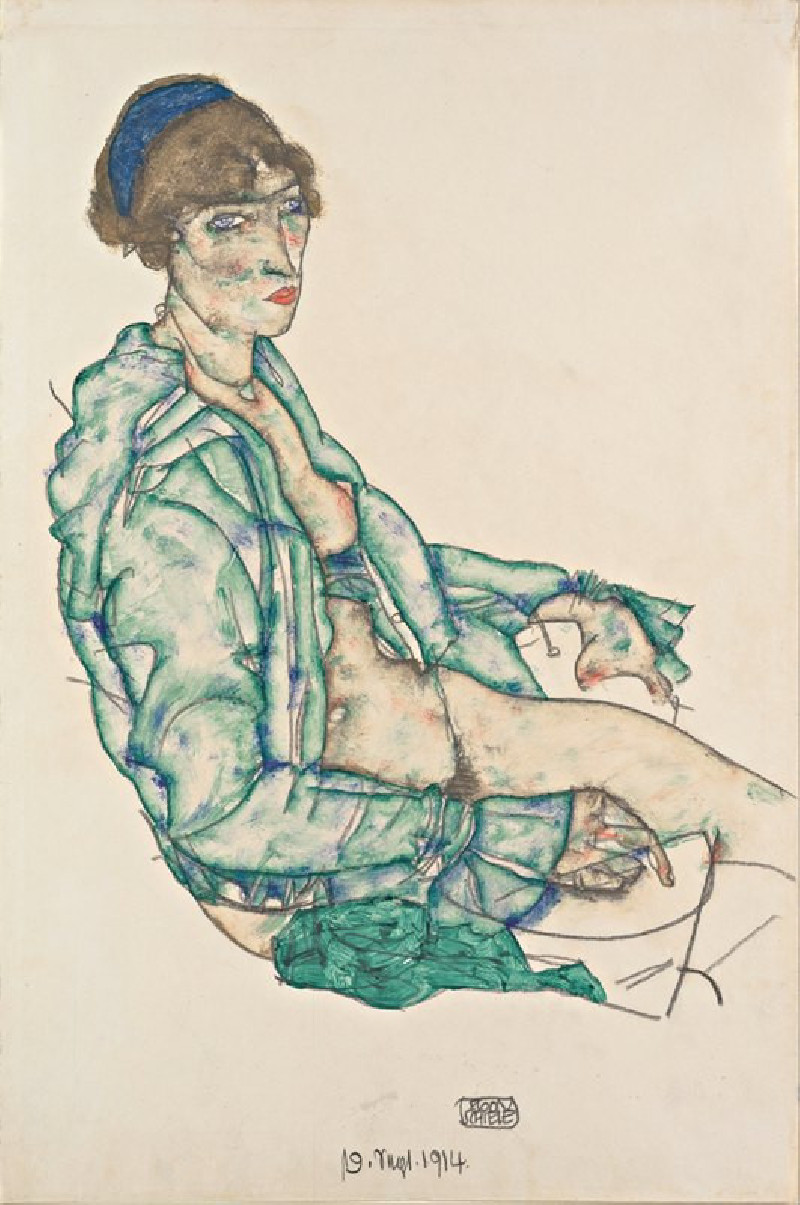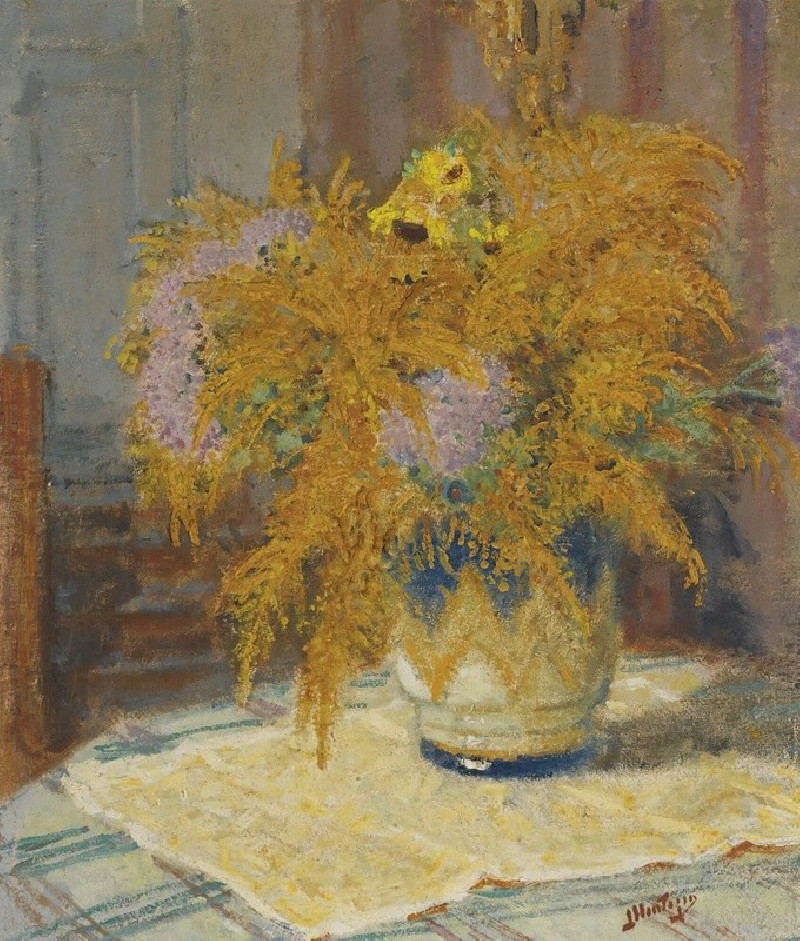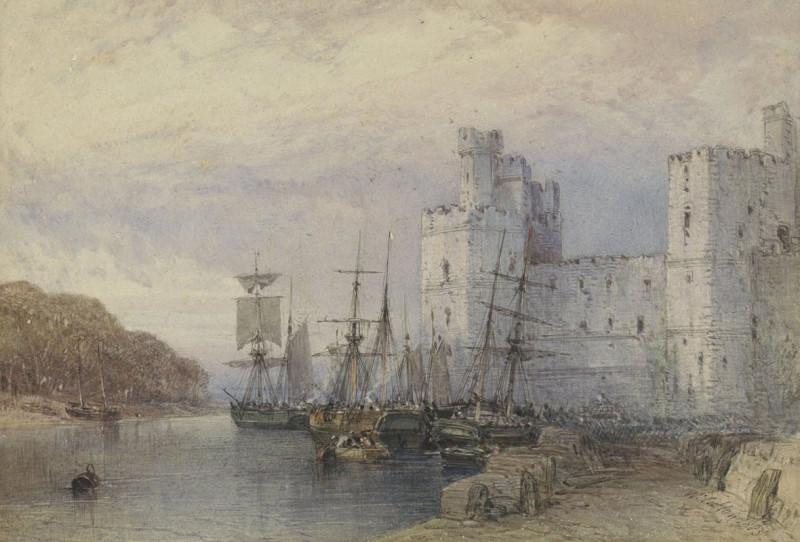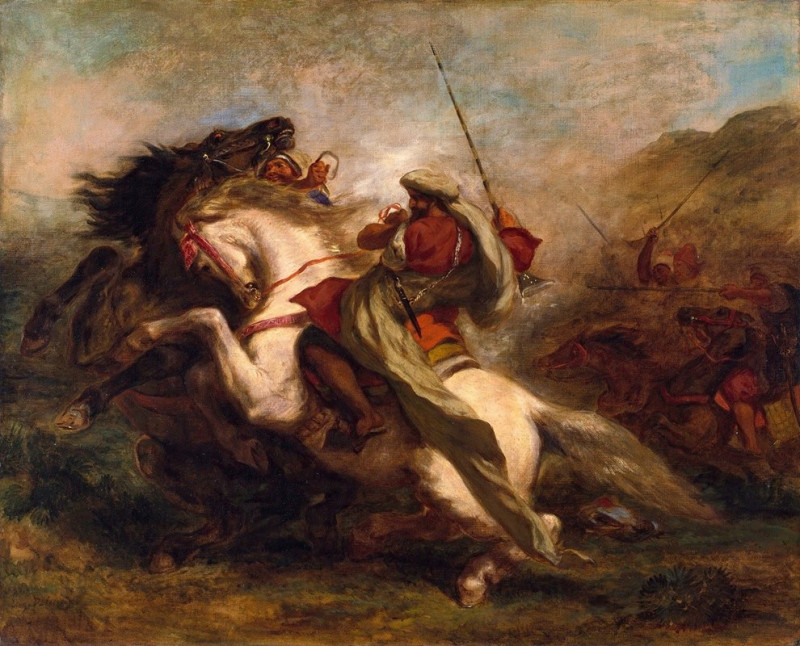weibliches Porträt III
Technique: Giclée quality print
Recommended by our customers
More about this artwork
"Weibliches Porträt III" (Female Portrait III), a striking work by the talented artist Karl Wiener, delves deep into the character and essence of its subject through expressive use of shading and detail. This charcoal drawing captures a woman depicted with a solemn, somewhat introspective expression, reflecting a depth of emotion and a strong personality.The artist has skillfully employed soft yet deliberate strokes to highlight the contours of her face, emphasizing the furrows of her brow and the set of her mouth, which together suggest a life rich with experience and perhaps marked by resilience. Her dark attire and the simple headband further focus our attention on her facial expressions, enhancing the overall intensity and impact of the portrait.Karl Wiener’s ability to convey complex human emotions through minimalist but powerful lines and shades makes "Weibliches Porträt III" a compelling piece that invites viewers to ponder the story behind the face. This artwork not only showcases Wiener's masterful control of charcoal but also his profound understanding of human expression.

